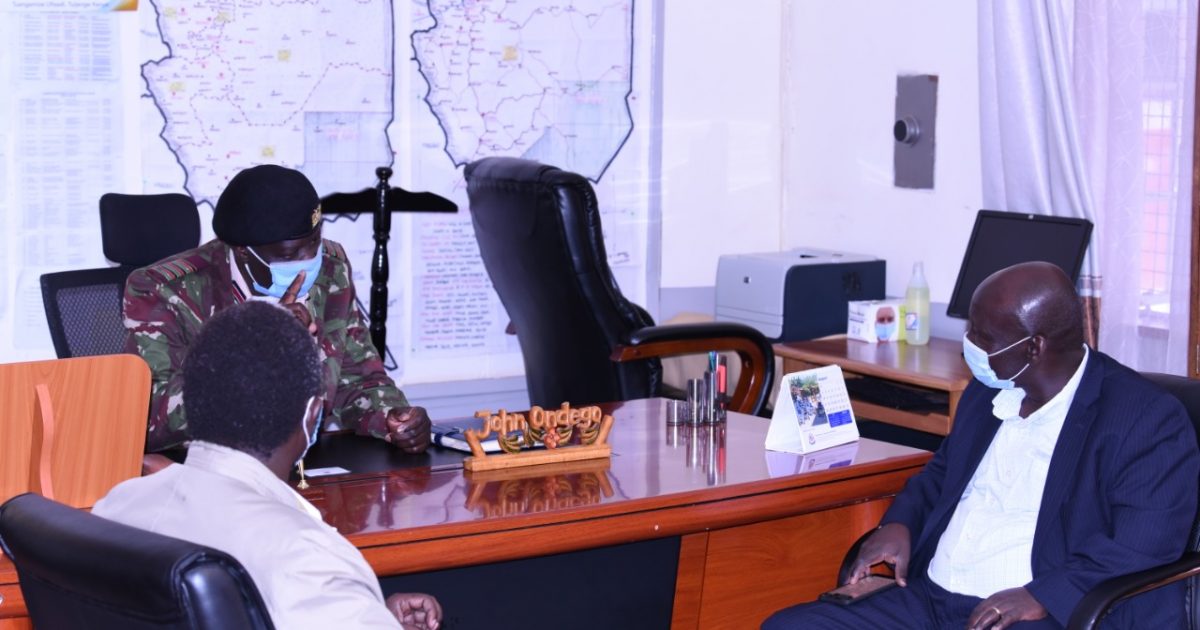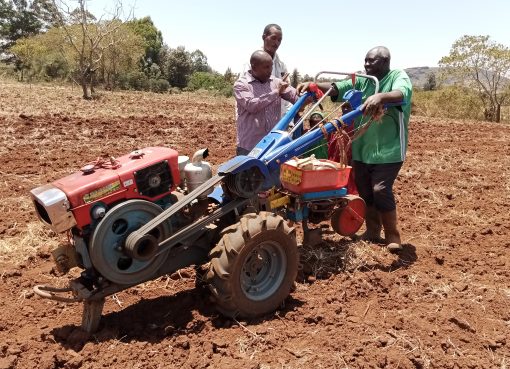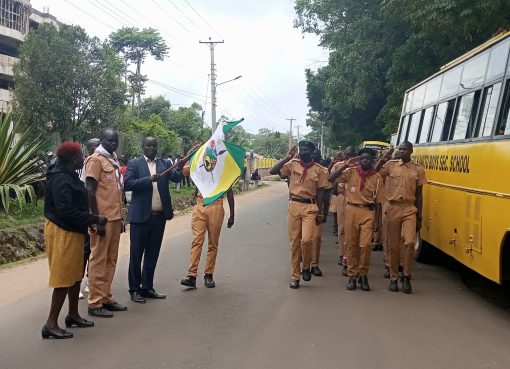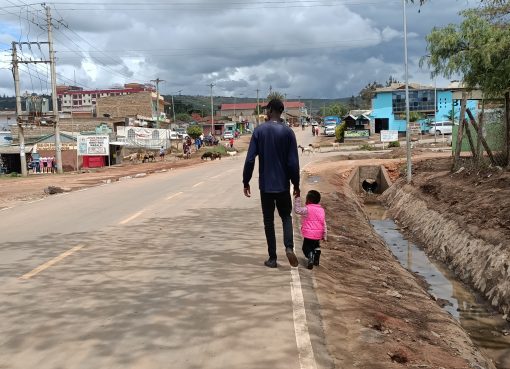The ongoing construction of Sh18.4 billion Kibwezi-Kitui road will spur socio-economic development along the trunk international highway that has been a sleeping giant.
The 192 kilometres highway has opened up Kitui South constituency that did not have an inch of tarmac 55 years since independence following the launching of the project by President Uhuru Kenyatta in December 2016.
Speaking on Friday after a meeting with Kenya Year Book Outreach team led by Director Public Communications Mulei Muia, Kitui County Commissioner John Ondego said the constituency possesses limestone, iron ore and cement mining, is a gateway to Tsavo East National Park, has agro-potential such as the longest tradition in the area of bee keeping, planting of traditional drought resistant crops and livestock management.
Ondego said the multi-billion road project, which cuts across eight other constituencies, starts at the junction of the Nairobi-Mombasa road near Kibwezi Town, passes northward through Ikutha, Mutomo, Kitui, Kabati to Migwani.
“Kenya has been making considerable headway over the past two years on a development agenda designed to strengthen the country’s position as a leading regional transport and logistics centre for the East Africa region under the Big Four Agenda,” said the County Commissioner.
Kenya’s plans are supported by increases in government spending, foreign donations and vital participation by the private sector.
In its 2015 report, the World Bank noted that the increased levels of spending on infrastructure meant Kenya was “moving in the right direction” in terms of realizing its growth potential.
Nevertheless, the Bank has called for better efficiency and sustainability in the way investment drives were carried out, further underscoring the need for more private sector support.
The government’s long-term development blueprint, Vision 2030, is geared towards lifting Kenya to middle-income status over the next decade and helping millions of Kenyans out of poverty.
On the same score, infrastructure development is at the core of Vision 2030, with a host of large-scale transport projects in rail, road and shipping segments set to boost GDP growth.
It is envisaged that the road project will emerge as a resilient infrastructure that drives the country’s economic development and fosters regional integration.
The road is expected to offer an alternative route from the Port of Mombasa to the Lower, Upper Eastern Regions and Ethiopia hence, decongesting the Nairobi-Mombasa Highway and improving the economic competitiveness of lower eastern counties.
The road forms part of the larger Mombasa-Addis Ababa Transport Corridor that links the Mombasa-Nairobi Highway (A8) at Kibwezi and the Nairobi-Addis Ababa Highway (A2) at Isiolo. It is an alternative shorter route to Moyale and ultimately Addis Ababa, Ethiopia.
“The traffic to these areas from Mombasa will avoid going through Nairobi once the entire stretch to Isiolo via Mwingi and Mikinduri to join the Meru-Maua Road at Muriri is upgraded to bitumen standard,” said a recent report released by the Kenya National Highways Authority (KeNHA).
By Yobesh Onwong’a





